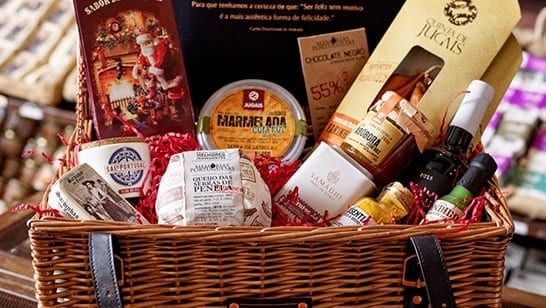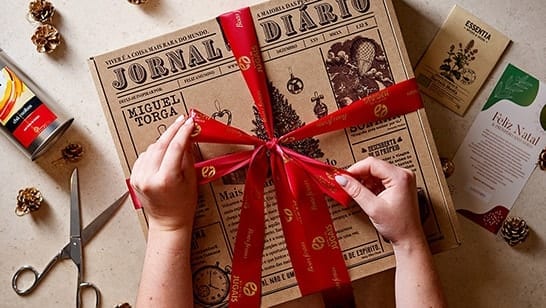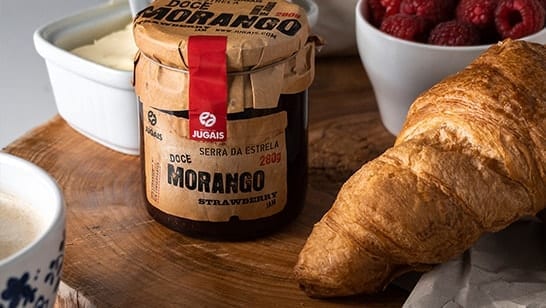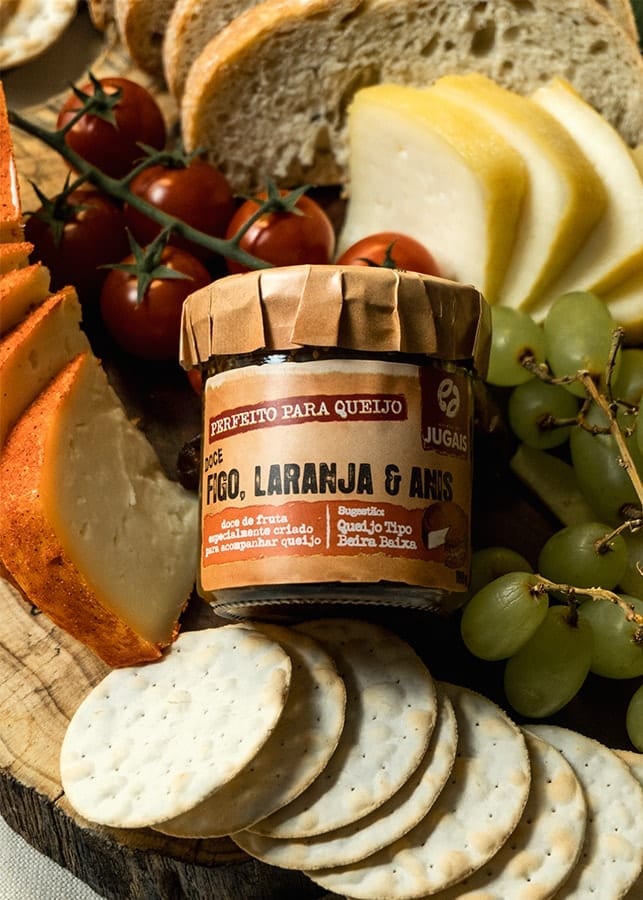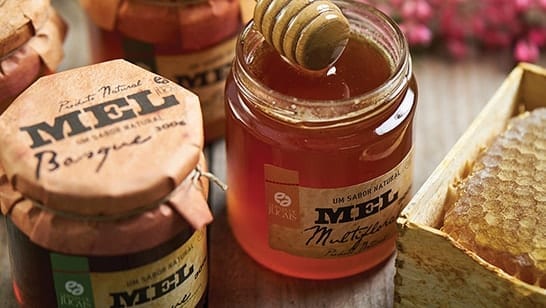
Discover Parmesan Cheese
Very typical of Italy, Parmesan is a reference for all cheese lovers and is generally present in every kitchen. Its unique flavor is now enjoyed in all corners of the world, but true Parmesan only originates in the “Reggiano” region of Italy.
As a rule, this cheese is made with milk from Holstein-Friesland cows, but the ideal milk for production is from the Reggiana cow. Real Parmesan is made only with raw cow's milk, salt and curds.
Parmigiano Reggiano or Parmesan cheese is one of the products with more imitation attempts than almost any other product, which is why Parmigiano is now a protected product, with the Protected Designation of Origin designation.
Our Apple Raisin and Cinnamon Cheese Jam is perfect to pair with Parmesan Cheese.
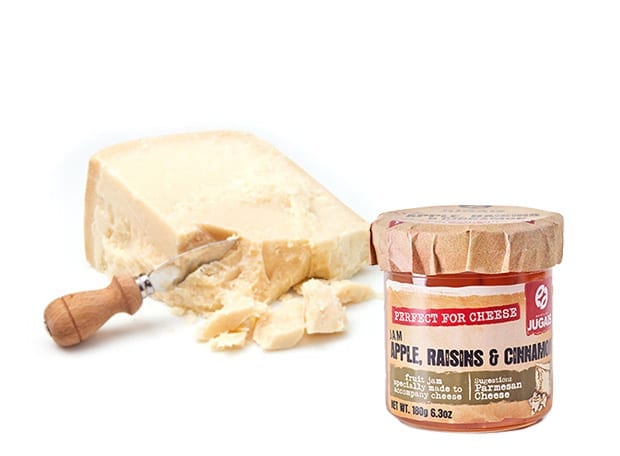
How this cheese is made
Parmesan is made with unpasteurized cow's milk. The skimmed milk from the night milking and the whole milk from the morning milking are poured into copper vats. Whey is added to curdle and coagulate the milk. Special equipment is then used to break the milk when it starts to form curds. The mixture is heated to 55°C and, after the curds have formed and stuck to the bottom, the cheesemaker scrapes them onto a huge piece of cloth and shakes off the excess liquid whey. The cheese is placed in a mold with information such as the production date and the producer's identification number.
After a few days, it is immersed in brine, where it absorbs salt and the shell hardens. The maturation process begins in a temperature-controlled warehouse for around 12 months.
The unique flavor of Parmesan
The Parmesan cheese on the outside has a firm, smooth, non-sticky crust. Inside, it reveals an incredible, slightly yellow color. The texture is very compact, consistent and slightly grainy. Its flavor is slightly sweet, salty and spicy. Parmesan cheese is probably the cheese with the highest amount of umami, called the “fifth flavor”.
Tips on how it should be cut
As this cheese is quite hard, it needs to be broken into irregular pieces. To cut it, we recommend using the right knife, known as “coltello a mandorla”. It has a short, round blade, and one side is thinner for easier cutting, while the other side is thicker for gripping.
Discover the perfect combination for your parmesan
In addition to being perfect to use as a condiment for foods such as pizza, pasta, risotto or salads, this cheese is perfect to be enjoyed on its own. Parmesan goes very well with wine, fresh fruit like grapes or figs, and even with a touch of balsamic vinegar. This cheese is perfect to be combined with our pumpkin and chestnut jam.







